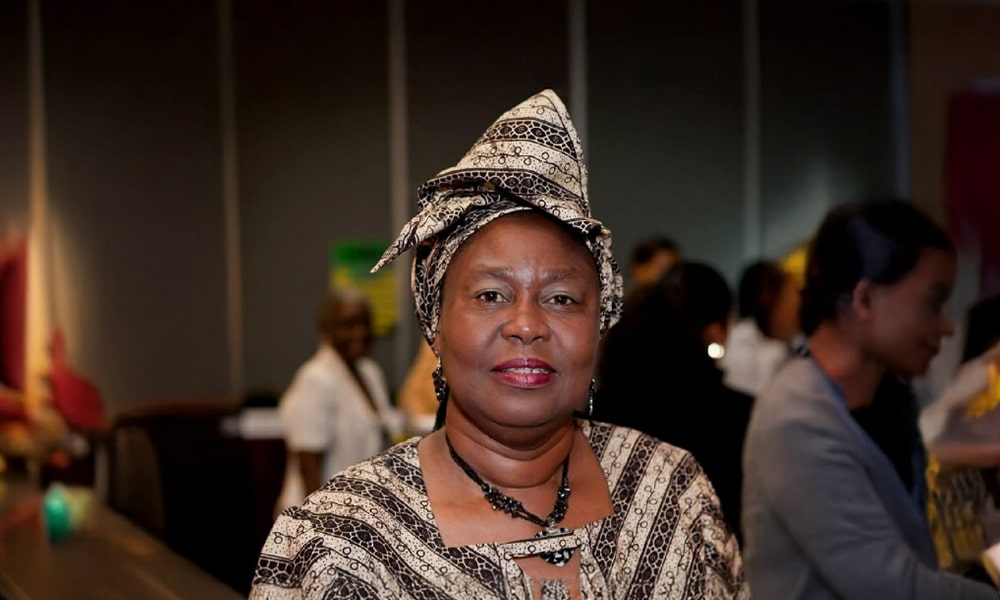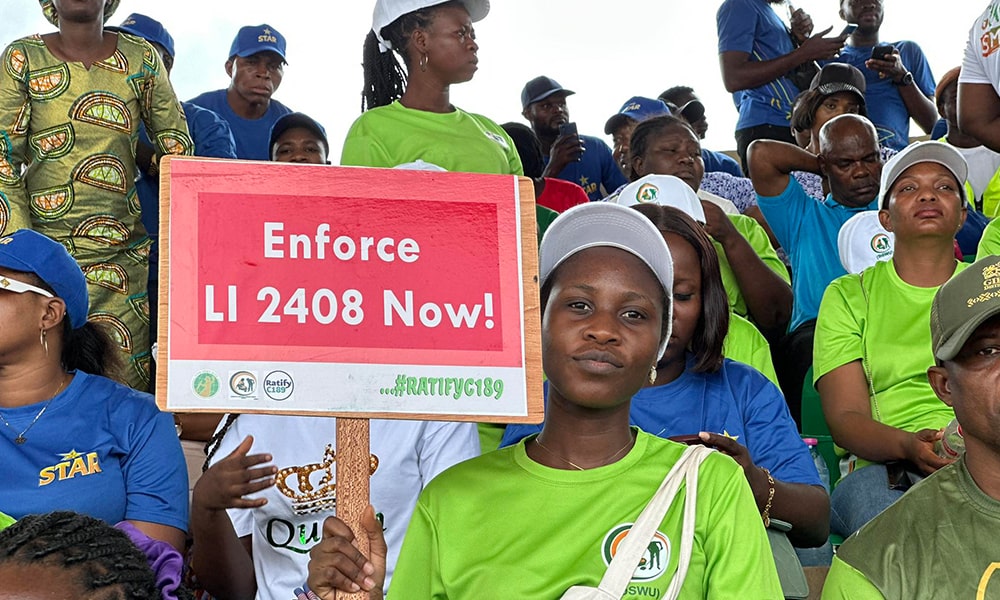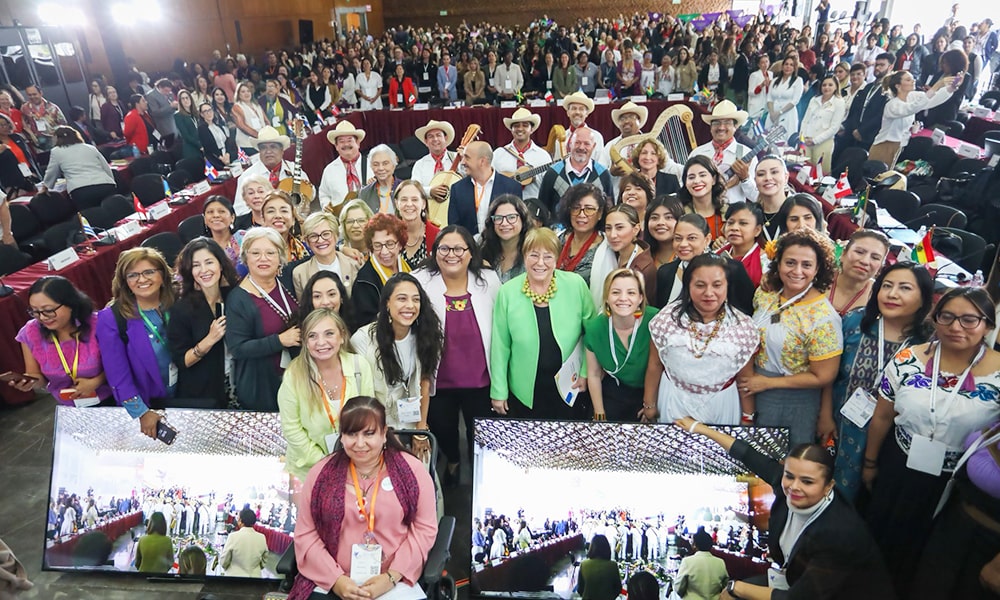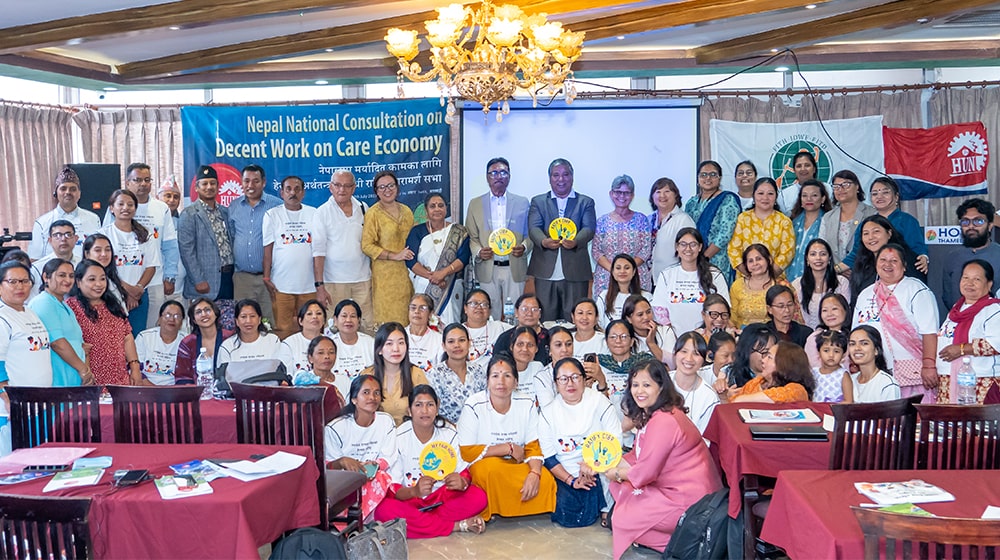Contributors: Stefan Rother/The GFMD, Migration, Development and Human Rights
On June 16 2011, the ILO adopted Convention 189 on decent work for domestic workers and its accompanying Recommendation 201. Since then, after a slow start progress has been made: 22 countries have ratified the convention, more than 30 have extended legislative protections to domestic workers.
Details
Read the original article in full: Today is International #DomesticWorkersDay – 5 years after the convention | The GFMD, Migration, Development and Human Rights
On June 16 2011, the ILO adopted Convention 189 on decent work for domestic workers and its accompanying Recommendation 201. Since then, after a slow start progress has been made: 22 countries have ratified the convention, more than 30 have extended legislative protections to domestic workers.
Still according to the ILO 90% of the estimated 67 million domestic workers do not enjoy effective social protections. Around 17 percent of domestic workers are migrants and migrants’ rights organizations are particularly active in advocacy and celebrations on International Domestic Workers Day:
For the start, here is some important basic information:
The ILO has compiled a number of resources for the 5th anniversary of the adoption of C189, as the convention is commonly called. First, if you are not familiar with the convention, you can find the full text here:
and some highlights and explanations here:
This week has also seen the release of a briefing that gathers the achievements since the convention came into place. ILO claims that the convention has had an impact beyond the mere ratifications: “ILO standards have stimulated countries around the world to take action to reverse a history of exclusion.” The ILO links the decent work for domestic workers campaign also to the achievement of the sustainable development goals, in particular poverty (Goal 1), gender equality (Goal 5), decent work (Goal 8), and reducing inequality (Goal 10).
The brief also includes recent data on domestic workers that shows that the highest absolute number of domestic workers – 80 percent of which are women – can be found in Asia & The Pacific (28 million), followed by Latin America & The Caribbean (18 million) and Africa (9 million). The full brief can be found here_
Finally, a good overview on the ratifications so far can be found here – South America has the highest number so far, followed by Europe:
For more ressources and policy tools, see here:
Statements / Activities by civil society and international organisations – for starters, here is a very helpful tookit by the National Domstic Workers alliance:
Here is an article from South Africa that links the Soweto youth uprising to the International Doemstic Workers day:
Source: Stefan Rother/The GFMD, Migration, Development and Human Rights







